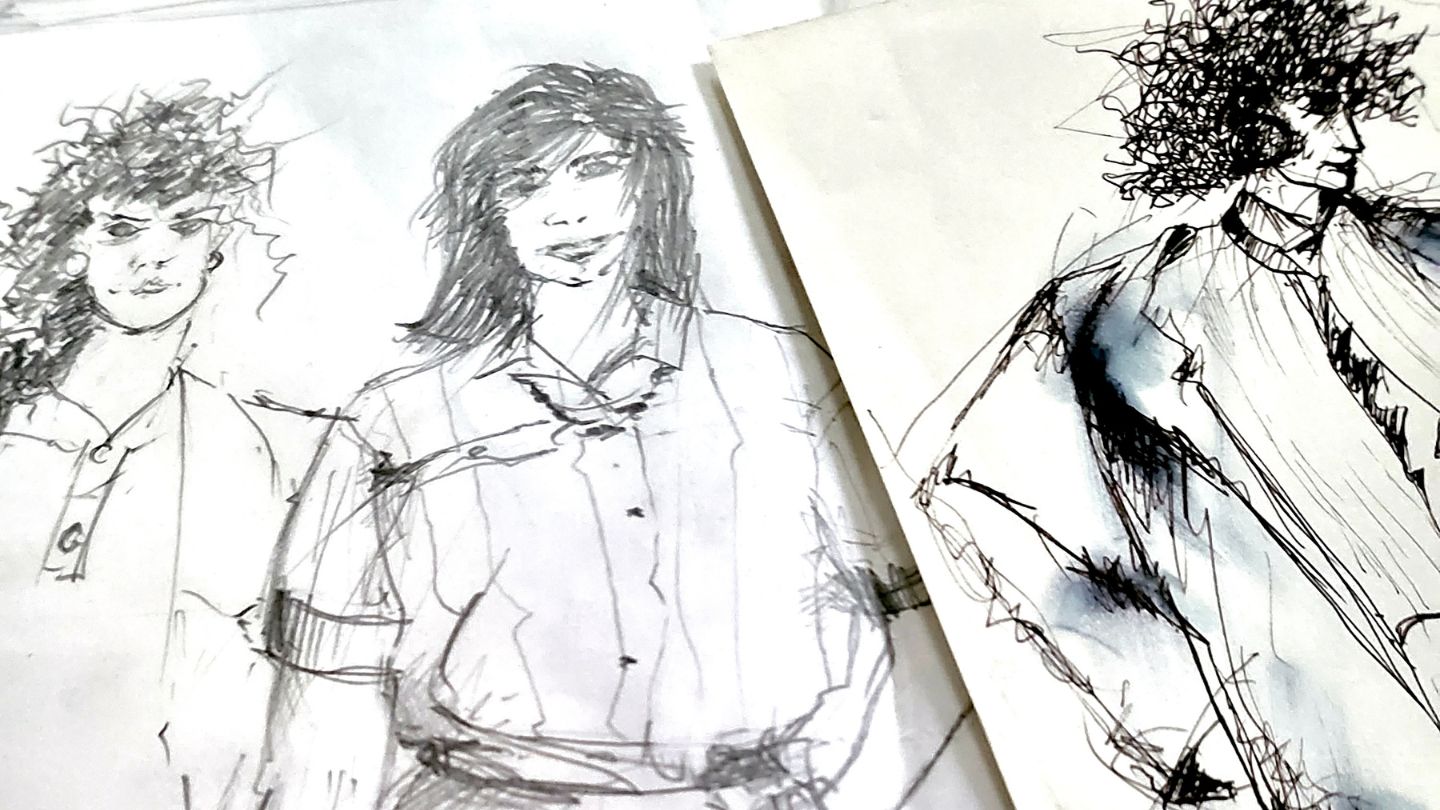The Impact of Music on Fashion – 1950s – 2000s
It's difficult to imagine a future where music and fashion do not coexist. Music can convey a lot about the times we live in, and fashion and music are both art forms they have historically been utilised as means of self-expression.
Music has evolved through the decades and is now a powerful means of expressing many things, including individuality, political stances, style, class and lifestyle. This article looks at the influence of music on fashion through the decades.
1950s – Rock N Roll
The introduction of films and TV gave many more people access to music and the fashion associated with it. A new demand emerged with the increased popularity of cinema stars and rock and roll performers like Elvis Presley. There was a demand for clothing that resembled celebrities style. This included double-breasted suits, tailored dresses, full skirts and polka dot prints.
1960s – Mods, Rockers and Hippies
The Mod subculture by the middle of the 1960s was one of the most significant movements in the history of high fashion. The mods vs rockers era saw a divide between minimalist style and mopeds, and drainpipe jeans and quiffs.
Another notable fashion trend of the decade was the hippie style. This included tie-dye patterns, vibrant flower prints, handmade accessories and bell-bottom jeans.
1970s – Punk and Glam Rock
The punk movement swiftly grew into a social movement, with items like leather jackets, skirts and trousers, hair that was brilliantly coloured, piercings, and anything that stood out from the mainstream.
Musicians like David Bowie and Marc Bolan found inspiration in science fiction, which gave rise to Glam Rock.
![]()
1980s – Goth, Punk Rock, Electronic
Goth music was one of the most notable glam rock offshoots. Synthpop, new wave, and other related genres evolved from death rock. Early examples of Gothic fashion are black lacey garments, such as that worn by many of Tim Burton's characters.
In contrast, a bright lycra electronic pop trend swept the 80s, injecting light-hearted fun to balance it out.
1990s – Grunge, Britpop, Hip-hop
The 90s grunge movement is still a recognisable fashion trend today, with baggy trousers and torn, oversized t-shirts a staple for many wardrobes.
Hip-hop experienced an explosion in popularity in the late 1980s and early 1990s, and the genre was associated with tracksuits, oversized sports jerseys, bucket hats, bright colours and gold chain necklaces. These were some of the most popular hip-hop fashion trends.
And then we have Britpop – the ultimate battle of the bands being Blur vs Oasis, bringing kagools, more bucket hats and mod attire back to the scene. Striped tops, anyone?
2000s – Girl band/boyband Pop, Garage
Cargo trousers, cropped tops and mini dresses took us into the early 2000s thanks to the continuing rise of girl and boy bands. Female artists opted for baggy trousers, low-rise jeans, cami vests, and chunky belts. This evolved through the decade, but comfort blended with glam ran through the 2000s, with mini dresses teamed with trainers and belly-flashing tops to accompany the popular garage vibes.
Current Trends - Androgenous Styles
Harry Styles is an example of how fashion and music are more gender-fluid than ever. We are only a few years into the decade but a welcome revival of each previously mentioned decade, teamed with a unisex approach to fashion, is dominating wardrobes nationwide.
For premium quality brands and clothing for all occasions, visit Blue Water.


